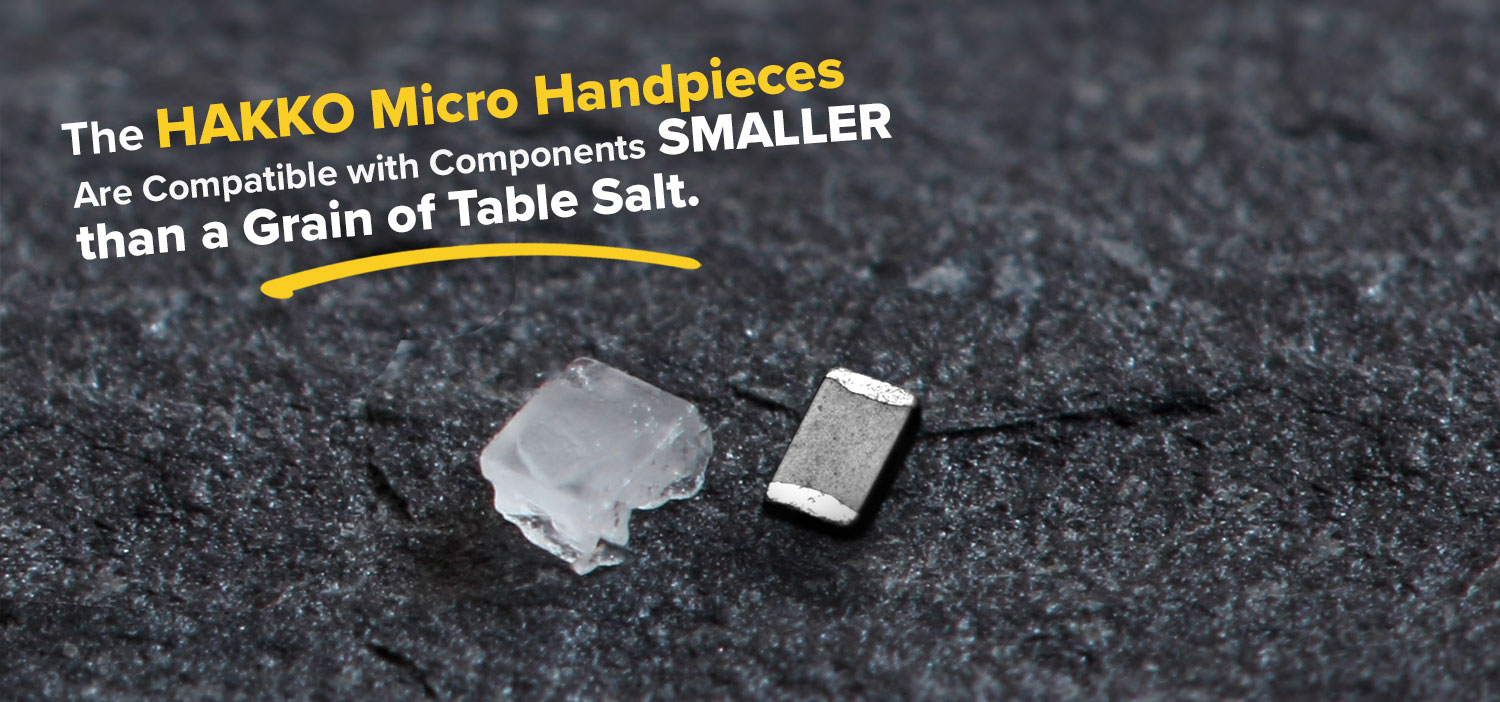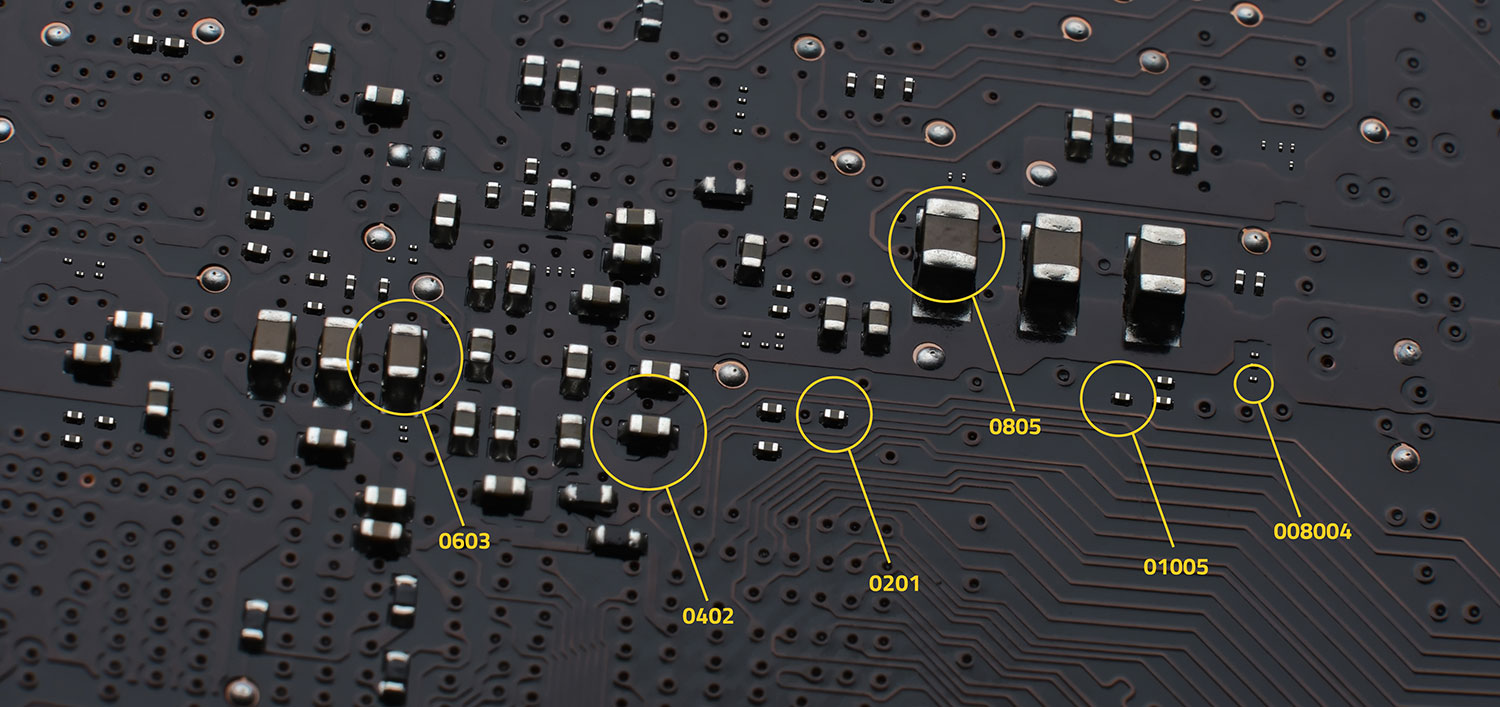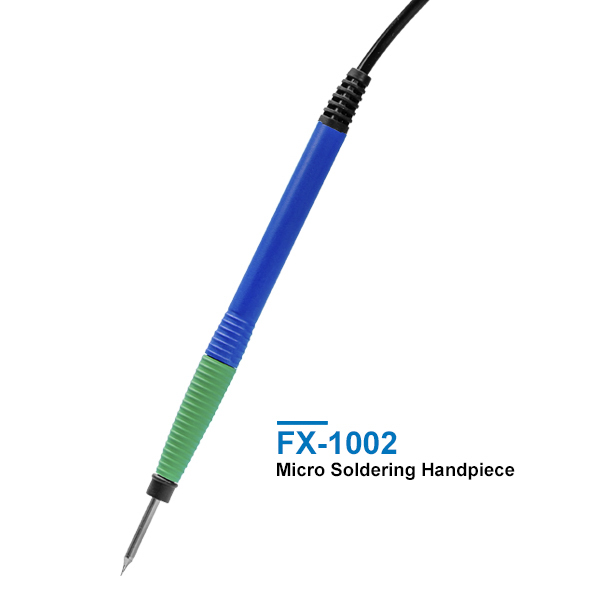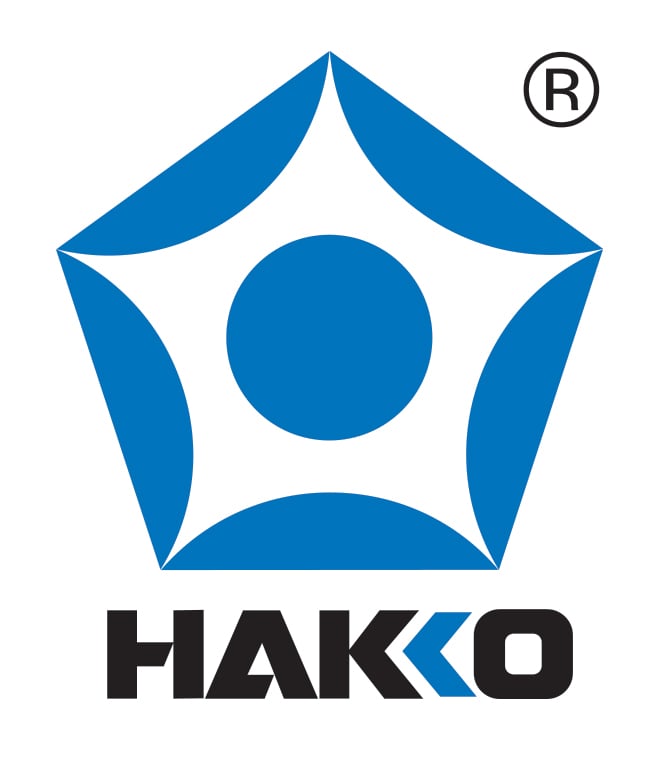We use cookies to make your experience better. To comply with the new e-Privacy directive, we need to ask for your consent to set the cookies. Learn more.
The Growth of Micro Soldering

When you look around at the electronic devices available today, including smartphones, wireless earbuds, smartwatches and fitness trackers, and the many small sensors you find in countless other products, you see that electronics are getting smaller and more complex.
It wasn’t very long ago that most components were installed on a circuit board by putting the leads through a plated hole in the board and soldering them, commonly known as plated through-hole technology. As technology advanced, components became much smaller with metalized ends or leads that were very short and close together. These new components used less space, so there was more room on the circuit board for more components, and could now be mounted on the surface of the circuit board.
Today, this is known as SMT or Surface Mount Technology, and the size of these components has continued to get smaller and smaller over time. The most common small component you would find on circuit boards today are referred to as 0201s, which measure 0.020 x 0.010 inches, and can be smaller than a grain of table salt.
I’m sure you can imagine how difficult it would be to solder these small components to a circuit board without a soldering iron made for this type of soldering, but what if you were trying to solder even smaller components, such as the 01005 or perhaps 008004?

As electronics have evolved, so too have the tools used to make them, especially now where magnifiers or microscopes are needed to see and work with these very small components. You might think that all you need is a very sharp pointed soldering iron tip in order to solder these small components, but traditional soldering irons are quite large under the microscope, making it difficult to see what you are doing and maneuver the soldering iron to properly solder the components without accidentally touching surrounding components and causing unwanted reflow or damage. This is why you need a micro soldering iron.
Micro soldering irons are shorter and thinner than traditional soldering irons. They also feature special tips that are very small in diameter compared to other soldering irons and the heating technology embedded in them is designed to maximize the heating and recovery of the tip, which is critical because using such a small tip means there is very little mass which makes heat transfer a challenge.
HAKKO introduced the HAKKO FM-2032 Micro Soldering Iron on April 8, 2014, along with various T30 Series Tips that use HAKKO Composite Ceramic™ technology. These tips have shapes that are specific for working with components like the 0201s and 01005s, and the short, thin handpiece makes it very easy to use the soldering iron when you are working under a microscope.

The HAKKO FM-2032 can be used on your HAKKO FX-951, FM-203, and FM-206 stations.
Since 2014, the density of these tiny circuit boards has increased, and they are now designed with additional features, some of which are embedded, which can make them act like a heatsink when you’re trying to solder. This makes the process even more challenging, and while the use of preheating is a significant help, sometimes it just isn’t possible.
On July 10, 2017, HAKKO introduced the latest in micro soldering using highly efficient induction heating. The HAKKO FX-1002 Micro Soldering Iron uses new T35 Series Tips that are even smaller in diameter and use HAKKO IH™ (Induction Heating) technology. These tips have optimized shapes for reach and performance and are available in both a nominal 350°C and 400°C series.

The HAKKO FX-1002 can be used with your HAKKO FX-100 Soldering Station.
Stay tuned for next month’s HAKKO TIPS for an introduction to our latest addition to our HAKKO IH™ technology line. Visit www.HakkoUSA.com or contact us at 1-800-88-HAKKO(42556) and [email protected] for more information.
-HAKKOUSA
